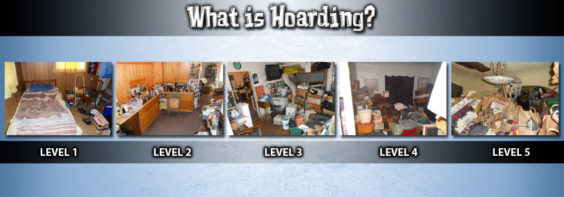
Hoarding disorder is the major expression of the. Conclusion: In conclusion, we can imagine a dimensional model, based on two dimensions: hoarding and squalor. It is suggested that this syndrome may be a reaction late in life to stress in a certain type of personality. 1. A psychodynamic model in which ADHD, Hoarding disorder and Diogenes syndrome are linked can be imagined, and the last one could be an overlooked evolution of the two first syndromes. Personality characteristics showed them to tend to be aloof, suspicious, emotionally labile, aggressive, group-dependent, and reality-distorting individuals.
DIOGENES SYNDROME VS HOARDING PROFESSIONAL
Many had led successful professional and business lives, with good family backgrounds and upbringing. Half showed no evidence of psychiatric disorder and possessed higher than average intelligence. The mortality, especially for women, was high (46%) most of the survivors responded well and were discharged. It has been widely mentioned in the scientitle literature over the past 50 years, and poses complex clinical, social, and ethical challenges to the involved physicians. Multiple deficiency states were found-including iron, folate, vitamin B 12, vitamin C, calcium and vitamin D, serum proteins and albumin, water, and potassium. Diogenes syndrome refers to a condition with distinct hoarding behaviors, severe self-neglect, and neglect in taking care of ones physical environment, as well as social isolation. 2 In this article, we will engage in a critical discussion of DS based on three actual case examples. An acute presentation with falls or collapse was common, and several physical diagnoses could be made. DS is characterized by an extreme self-neglect of environment, health, and hygiene, combined with a compulsive hoarding of refuse and the patient’s complete denial of his or her surroundings or symptoms. All were known to the social-services departments and a third had persistently refused offers of help. Hoarding is often a consequence of having DS but is associated with self-neglect and much of the items excessively hoarded are typically items of trash with little or no value. Diogenes syndrome was described by Macmillan and Shaw in 1966 1, and had the name coined by Clark et al. All except two lived alone, but poverty and poor housing standards were not a serious problem. Hoarding of rubbish (syllogomania) was sometimes seen. All had dirty, untidy homes and a filthy personal appearance about which they showed no shame.




 0 kommentar(er)
0 kommentar(er)
